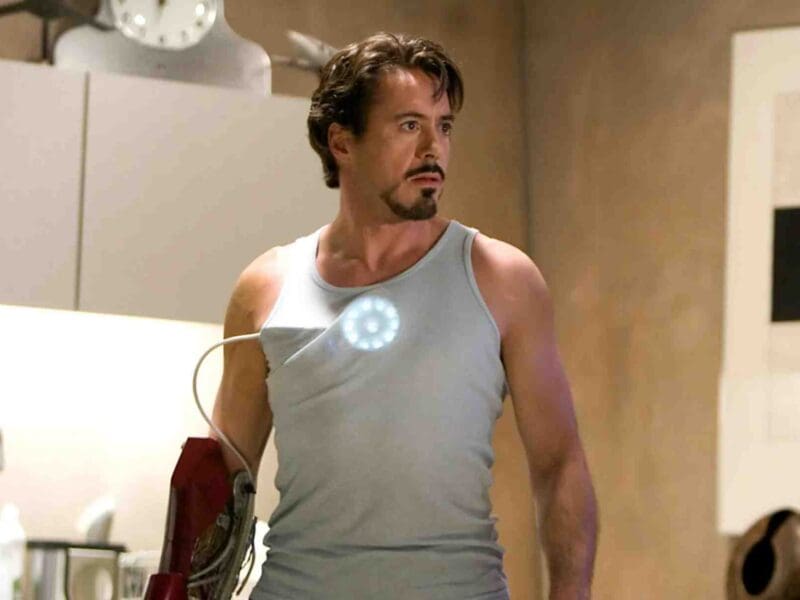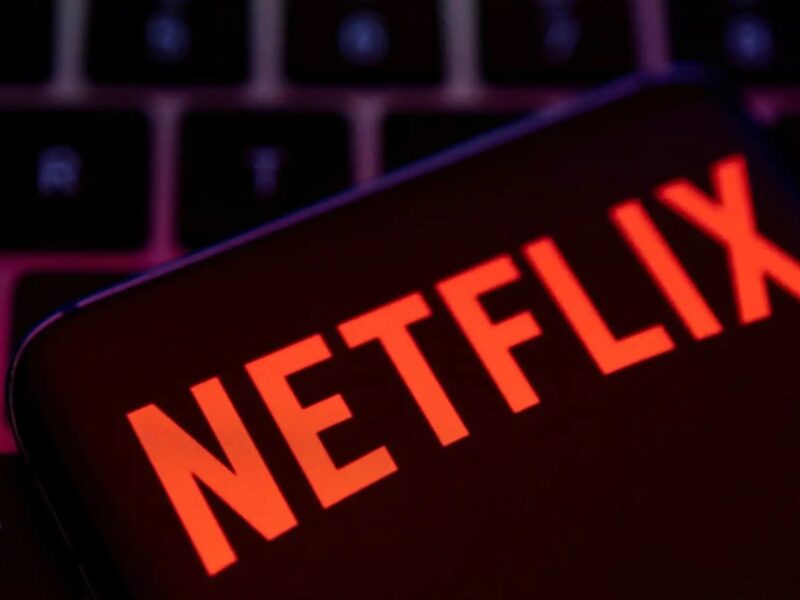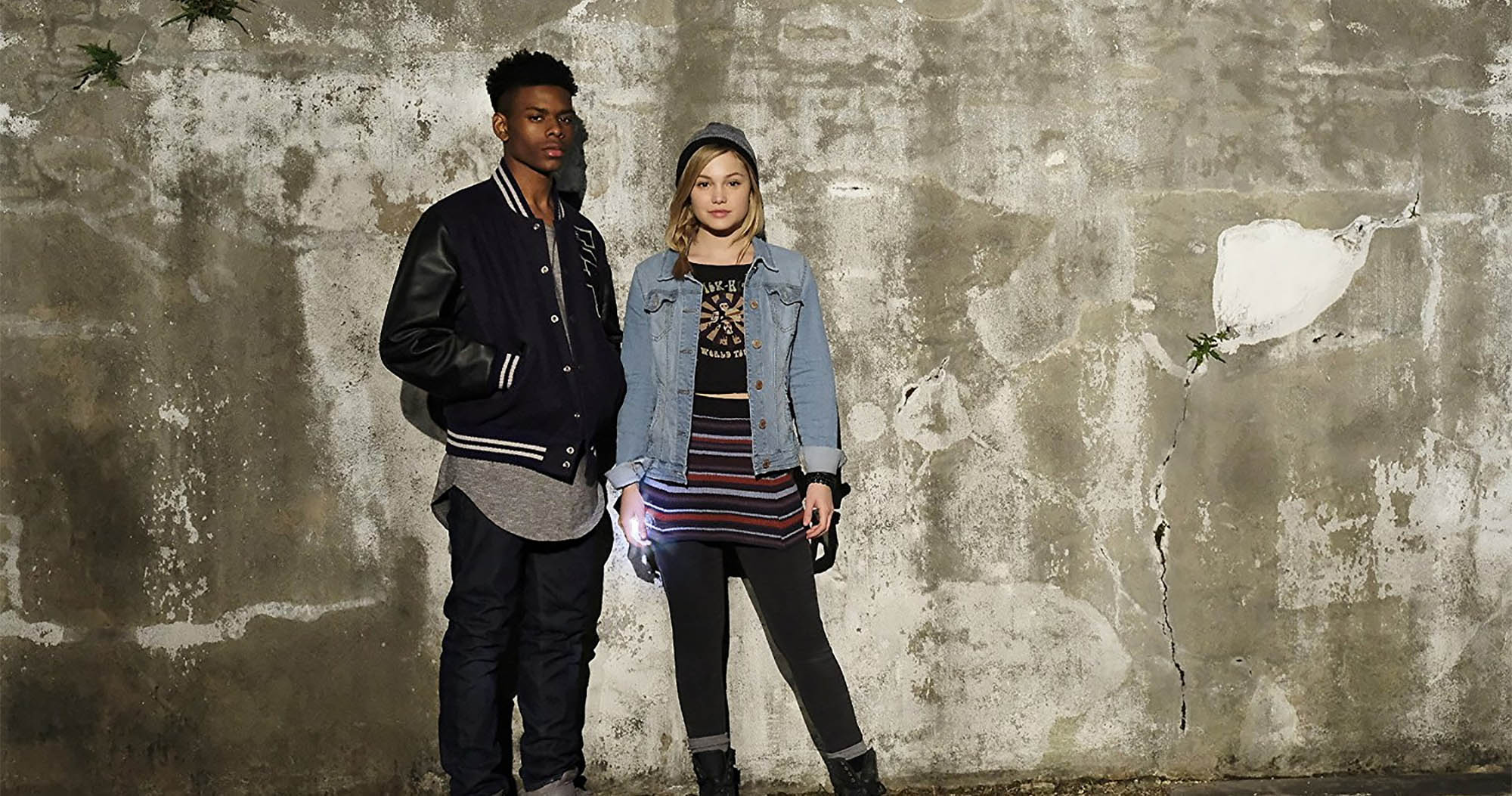
How supernatural teen shows are hiding big issues in plain sight
In its two-hour season premiere, Cloak & Dagger provided some of the most thoughtful, gripping, and raw sociopolitical statements made in a young adult series on television.
Approaching modern issues with grace and levity, the show doesn’t pull any punches in depicting the brutality of police misconduct, the opioid epidemic currently tearing through America, and the reluctance of individuals to report a sexual assault in fear of not receiving due justice for the attack.
Cloak & Dagger deals with a myriad of issues currently plaguing modern America and it does so without patronizing its young audience or sugar coating some of the harsher realities of modern life.
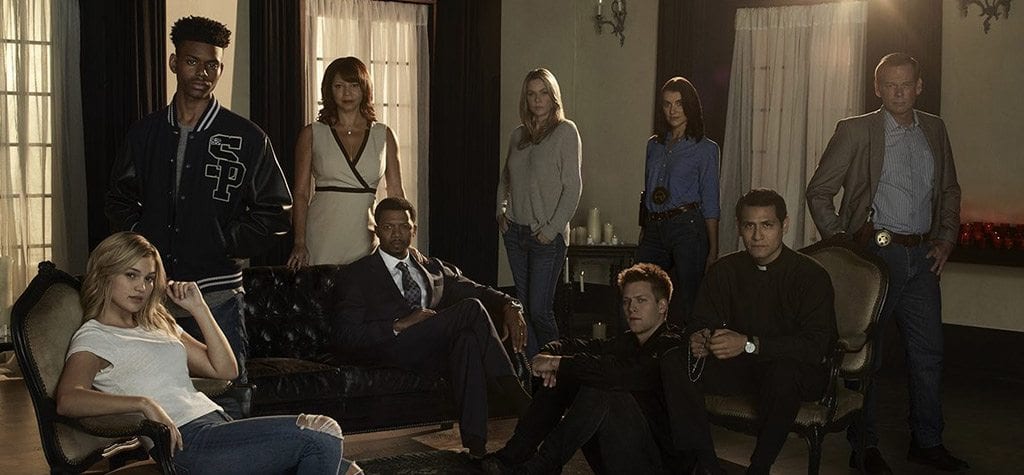
By pivoting the exploration of these issues around the supernatural narrative of Tyrone (Aubrey Joseph) and Tandy’s (Olivia Holt) burgeoning superpowers, the show offers a lifeline of hope. Young adults might not share such supernatural abilities, but they can certainly draw strength and power from such depictions of people around their own age capably fighting back against a cruel world.
The series doesn’t shy away from disturbing images either. When Tyrone’s brother is shot right in front of him, the scene is shocking, bloody, and framed within the devastating context of him being an unarmed kid cornered by two cops. Likewise, when Tandy is sexually assaulted, the camera pins up close to her attacker eagerly unbuckling his belt and her subsequent pained expression when she realizes she can’t escape.

There’s an anger to both scenes that pays off in bold and significant ways within the episode. We later see Tyrone harnessing his new powers to appear in front of his brother’s (now unarmed) killer to aim a gun square at him – before suddenly disappearing – and in Tandy using her powers to manifest a dagger of light in her palm so she can stab the man raping her.
Speaking to io9 about the depiction of Tyrone, showrunner Joe Pokaski (Heroes) commented, “I definitely wanted to talk about police brutality, about the quick trigger finger on boys in hoodies that doesn’t seem to be going away . . . It’s something we have to deal with; the young boy with the hooded sweatshirt needs a hero, and we need to see ourselves in him.”
Since the 90s, there’s been a steady incline of supernatural teen shows exploring some heavy issues through the guise of supernatural metaphors that do as Pokaski suggests. They offer heroes to the disenfranchised and the marginalized and allow for young people to see themselves in characters of great power and ability.
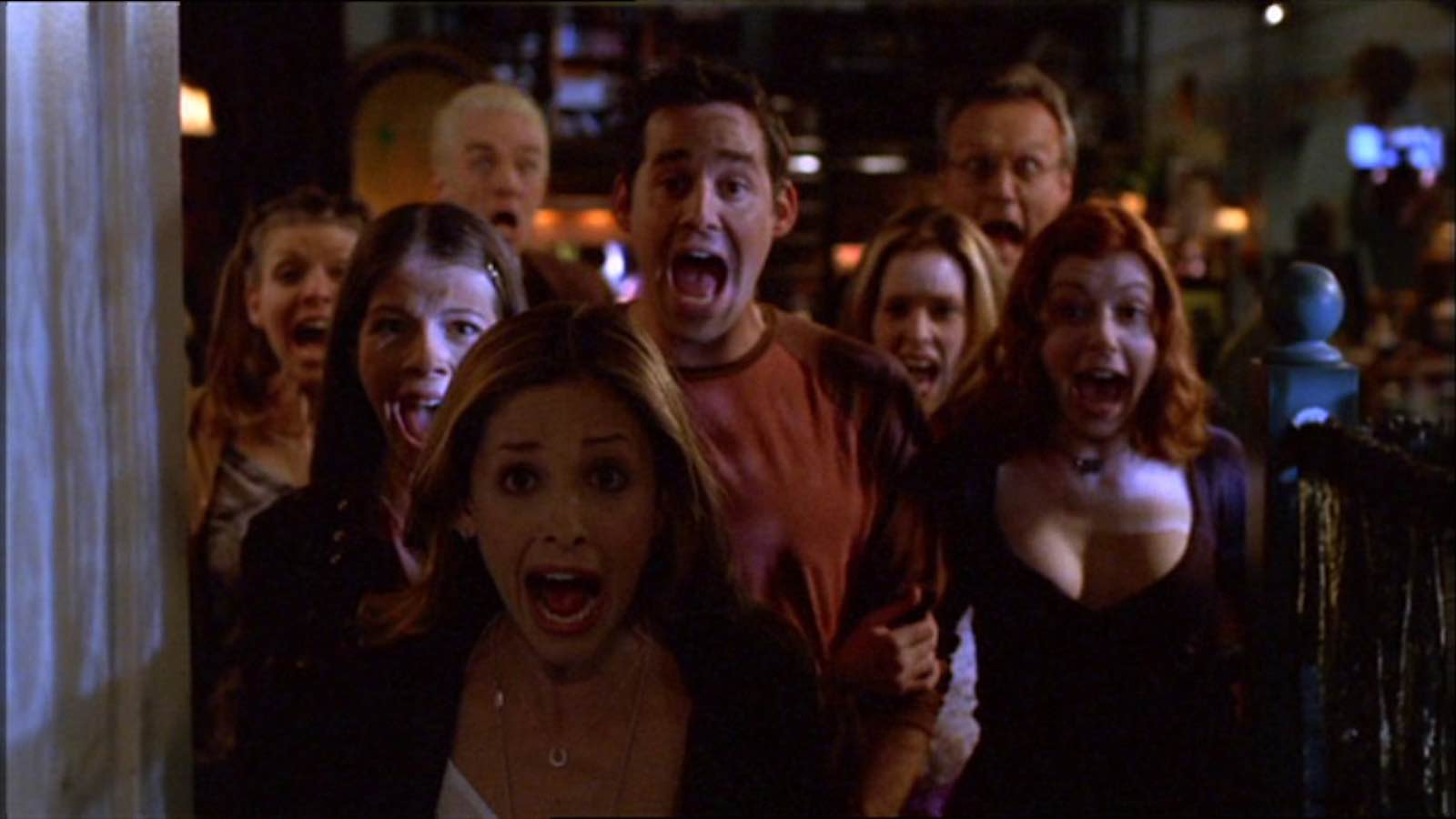
In the 90s, Joss Whedon’s (The Avengers) small-screen breakout hit Buffy the Vampire Slayer was one of the first young adult shows to blend “teen issues” with supernatural intrigue. It provided a unique depiction of an impossibly strong yet astonishingly diminutive teenage girl fighting off throngs of thirsty men lusting after the blood of Sunnydale’s teenagers. The show also made being different seem like a position of power rather than a shortcoming.
In the seven seasons that it aired, the show also dealt with some really heavy narratives concerning addiction, cancer, mental health, and trauma under the accessible veil of the supernatural. Buffy was one of the first shows to utilize the idea that the evil and everyday challenges of life and the wider world can be easier to digest when wrapped in a supernatural metaphor.
For example, Willow Rosenberg was never hooked on cocaine or heroin in the show, but her worsening dependency on “magic” was nonetheless harrowing to witness and we all knew what it meant – addiction can come in a number of forms and it can happen to anyone. Even the sweetest, most “together” person you know.
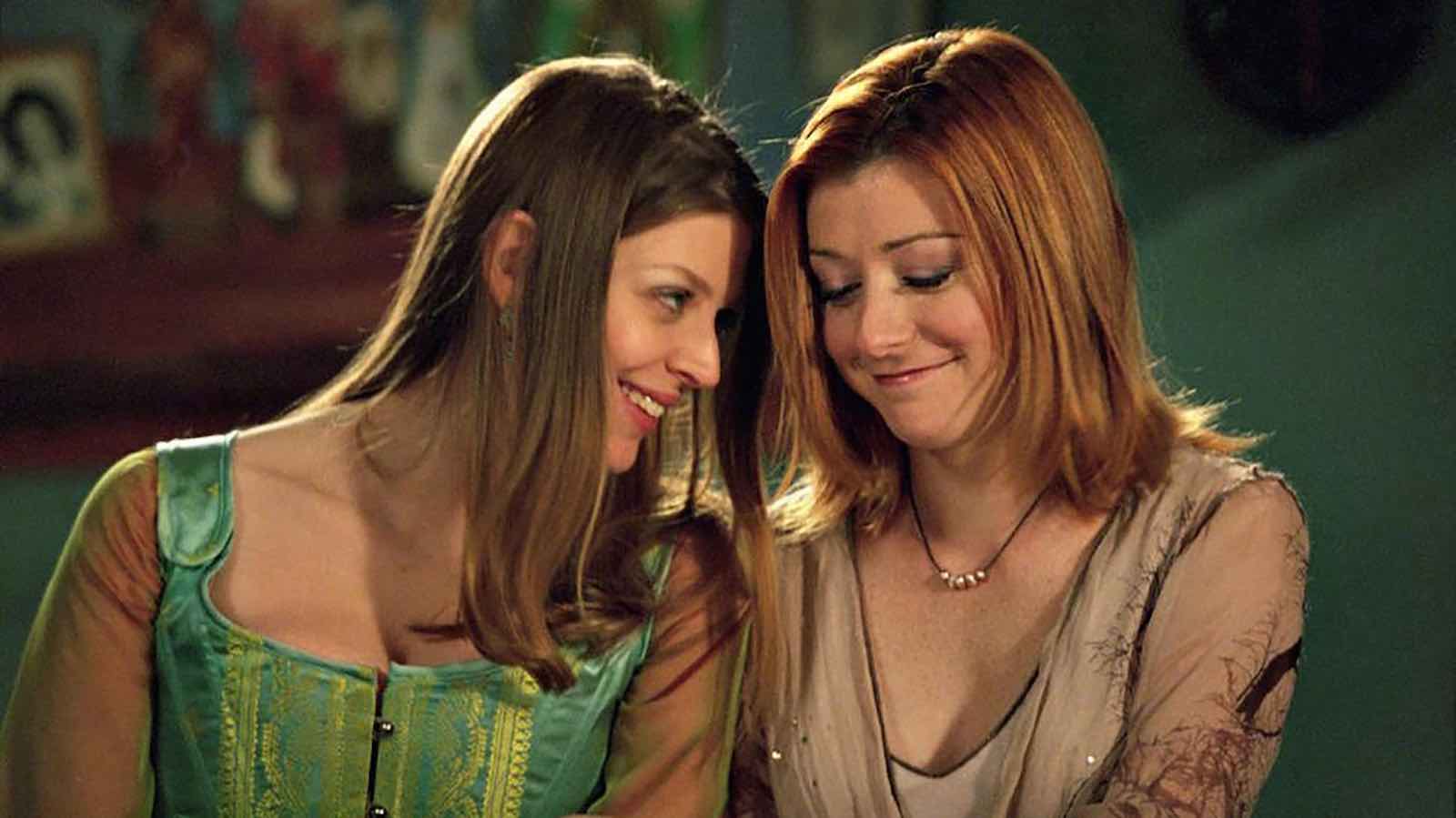
In recent years, there’s been a definite increase in the number of teen shows investigating heavy young adult issues through a supernatural lens. Like Cloak & Dagger, Hulu’s fellow Marvel series Runaways has grappled with topics including homophobia, sexual assault, mental health, and even the effects of childhood abuse via a storyline ostensibly centered around superheroes.
As The Hollywood Reporter once defined them, the six kids who make up the central group of the Runaways can be boiled down to almost John Hughes-esque archetypes: “The tactician. The outsider. The golden child. The jock. The social justice warrior. The kid”.

Like a superhero version of The Breakfast Club, S1 slowly unveiled that all six radically different characters are fighting their own personal demons and actually have more in common than they’d anticipated – and their respective superpowers are a huge part of that.
Likewise, the recently cancelled – but hopefully soon to be saved – Shadowhunters also delves into real life issues within a fantasy world. The show has capably and powerfully delved into issues surrounding racism, sexism, childhood trauma, and sexuality by presenting a supernatural universe where differences – like being a seelie, warlock, werewolf, or vampire – aren’t just accepted, but are celebrated.
As a show centered around creatures considered to be “otherworldly”, Shadowhunters muses upon the nature of being different and of acceptance in the narrative. In doing so, it provides a compassionate lifeline for viewers who may also feel marginalized by their identity in some way.
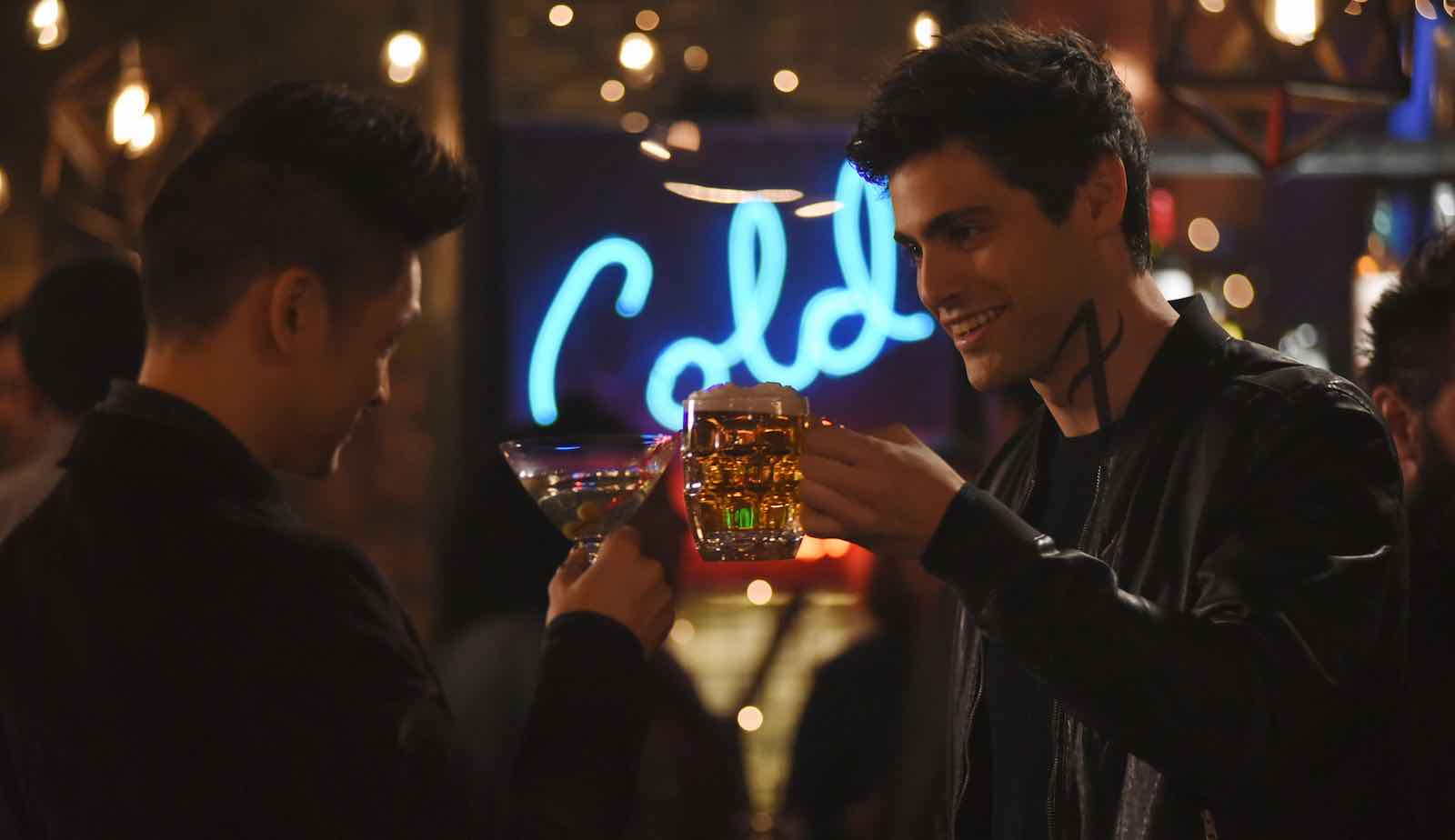
It’s hardly surprising that Runaways is also driven by a diverse cast of characters and features some of the best LGBTQI depictions on television – for which it won a GLAAD award in 2017 for Outstanding Drama Series.
You only need to read through the current outcries from fans in support of saving the show to see how important Shadowhunters is to them.
The show appears to simultaneously provide an entertaining escape for them from the everyday struggles of being a young adult in America, but it also gives them a compassionate and powerful story that in some way reflects aspects of their own lives – they see themselves in any one of the heroes in the show. And that sense of belonging, power, and understanding means everything to teenage viewers.
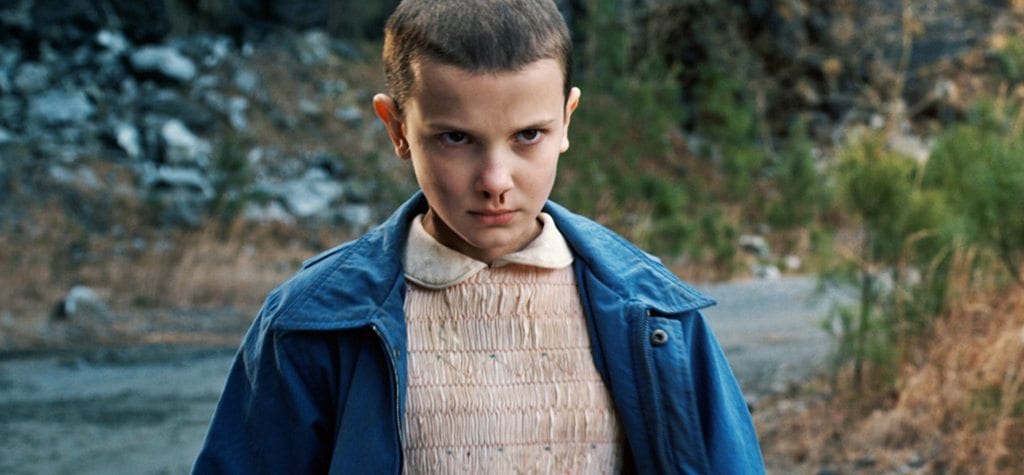
With other dynamic depictions of supernatural teenagers dealing with some heavy shit like Eleven (Millie Bobby Brown) manifesting telekinetic powers from the trauma of childhood abuse in Stranger Things or Henry (Maddie Hasson) harnessing the power of teleportation while unable to escape the memories of her sexual assault in Impulse, TV is enjoying a moment of powerful teenagers on screen.
They’re fighting through impossible challenges while dealing with phenomenal and occasionally terrifying inner change, but they have the power to reckon with all of it. They can fight back, fit in, and survive.
By adding a supernatural twist to a young adult narrative, these shows provide a delicate distance between a young audience and the often difficult challenges of the real world. Crucially, they do so without taking away any of the potential power of young people to capably deal with those issues themselves.






